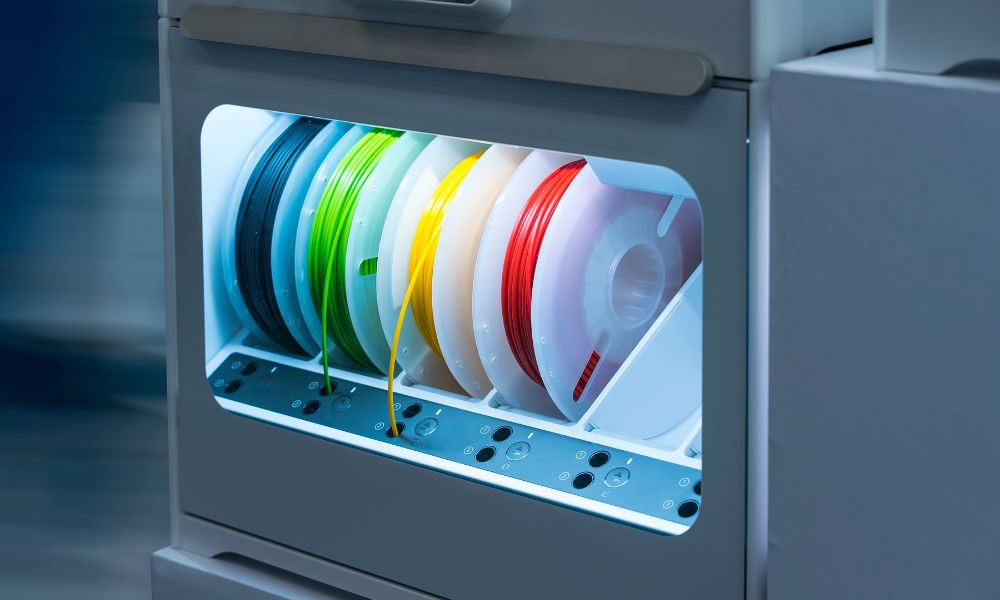
When it comes to 3D printing, the filament you choose can significantly impact the end result. Each type of filament has its unique properties and applications, and understanding the differences can help you make the most out of your 3D printing projects. Let’s dive into the key features of some popular 3D printer filaments.
PLA Filament: A Versatile Favorite Among 3D Printers
PLA (Polylactic Acid) is one of the most popular filaments used in 3D printing. It is a bioplastic derived from renewable resources such as sugarcane or corn starch, making it eco-friendly. PLA is known for its low melting point, making it easy to print at lower temperatures. Its vibrant colors and glossy appearance make it a favorite for hobbyists and those who don’t want to compromise aesthetics. Moreover, PLA is one of the easiest materials, making it ideal for beginners.
ABS Filament: The Industrial Powerhouse of 3D Printing
ABS (Acrylonitrile Butadiene Styrene) filament is a common choice for industrial-grade applications. It is a strong, durable plastic with a high resistance to physical impact and great engineering properties, such as machinability. ABS has a high-temperature resistance, which means it can handle high stress and is less likely to warp, making it a great choice for functional applications. However, it requires a heated bed and an enclosed printing space to prevent warping and control the print environment effectively.
PETG Filament: The Hybrid Champion of 3D Printing
PETG (Polyethylene Terephthalate Glycol) is a hybrid material that combines the durability of ABS with the ease of use of PLA. It is stronger and more flexible than PLA, with better temperature and increased impact resistance. PETG filaments are also known to have excellent layer adhesion, which means they are less likely to warp during printing and exhibit minimal shrinkage. Like PLA, PETG is relatively easy to print with and is becoming more popular in various applications due to its versatility and durability.
TPU Filament: The Flexible and Elastic Choice
TPU (Thermoplastic Polyurethane) is a popular filament choice for those looking to print objects that need to be elastic and resistant to physical wear. TPU is a highly elastic material that users can stretch or bend without causing it to lose shape. This flexibility also makes it a bit trickier to print with, as it can be prone to stringing. However, with the right settings, TPU can open up a world of elasticity in your 3D prints.
Choosing the Right Filament for Your Project
Each filament type has its strengths and weaknesses, and understanding these can help you choose the right one for your 3D printing project. Whether you’re looking for something that provides a smooth finish, high durability, or specific mechanical properties, the filament you select is a critical decision. Keep in mind the requirements of your project and the capabilities of your 3D printer to ensure a successful outcome.
Ensure you have a high-quality 3D printer to produce excellent projects. 3D Printers Depot has many to choose from, including Resin UV 3D printers. Take a look at these incredible printers today.
